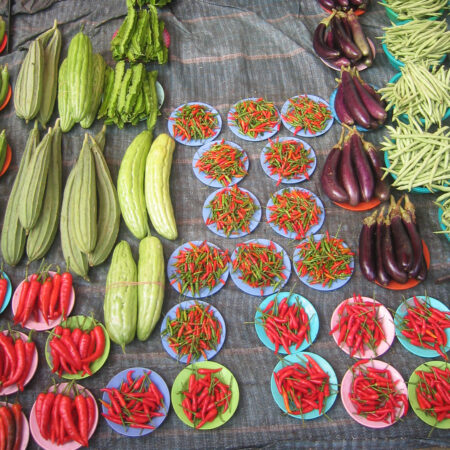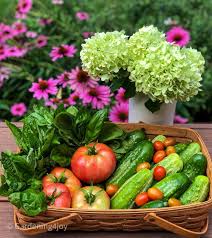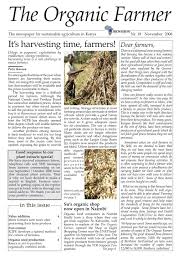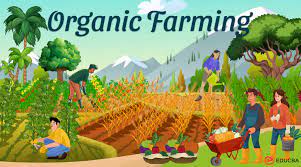
As the world’s population continues to grow, so does the demand for food. With traditional farming practices struggling to keep up with the ever-increasing demand, new solutions are needed to ensure that everyone has access to fresh, healthy, and sustainably grown produce. One of the most promising solutions is vertical farming.
What is Vertical Farming?
Vertical farming is the practice of growing crops in vertically stacked layers, often in a controlled environment. This method of farming utilizes artificial lighting, climate control, and hydroponics or aeroponics to provide the ideal growing conditions for plants. By using this method, farmers can produce more food per square foot of land, with fewer resources, and without the need for traditional soil-based farming.
Advantages of Vertical Farming
- Increased Crop Yield: Because vertical farming uses stacked layers, farmers can grow more crops in a smaller space. This allows for higher crop yields per acre of land, making it a more efficient method of farming.
- Year-Round Growing: Vertical farms can grow crops year-round, regardless of the weather conditions outside. This ensures a constant supply of fresh produce, even in areas with harsh climates or limited growing seasons.
- Resource Efficiency: Vertical farming uses significantly less water than traditional farming methods. In addition, because the crops are grown in a controlled environment, there is no need for pesticides or herbicides, reducing the need for chemical inputs. This results in a more sustainable and environmentally friendly farming method.
- Urban Farming: Vertical farming can be done in urban areas, providing fresh produce to city dwellers who may not have access to traditional farming methods. This reduces the carbon footprint associated with transporting produce from rural areas to urban centers.
- Reduced Land Use: Because vertical farming requires less land than traditional farming, it can help to reduce deforestation and preserve natural habitats.
Disadvantages of Vertical Farming
- High Capital Investment: Vertical farming requires a significant upfront investment in equipment, infrastructure, and technology. This can make it difficult for small farmers or those in developing countries to adopt this method of farming.
- Energy Consumption: The controlled environment of vertical farms requires a lot of energy to maintain the ideal growing conditions. This can result in higher energy costs and carbon emissions.
- Lack of Biodiversity: Vertical farms typically grow a limited number of crops, which can lead to a lack of biodiversity in the food supply.
Conclusion
Vertical farming is a promising solution to the challenges facing traditional farming methods. With its ability to produce more food per square foot of land, year-round growing capabilities, resource efficiency, and potential for urban farming, it has the potential to revolutionize the way we grow and access food. While there are some disadvantages, such as the high capital investment and energy consumption, the benefits of vertical farming far outweigh the costs. As we continue to face the challenges of feeding a growing population, vertical farming offers a sustainable and innovative solution.









